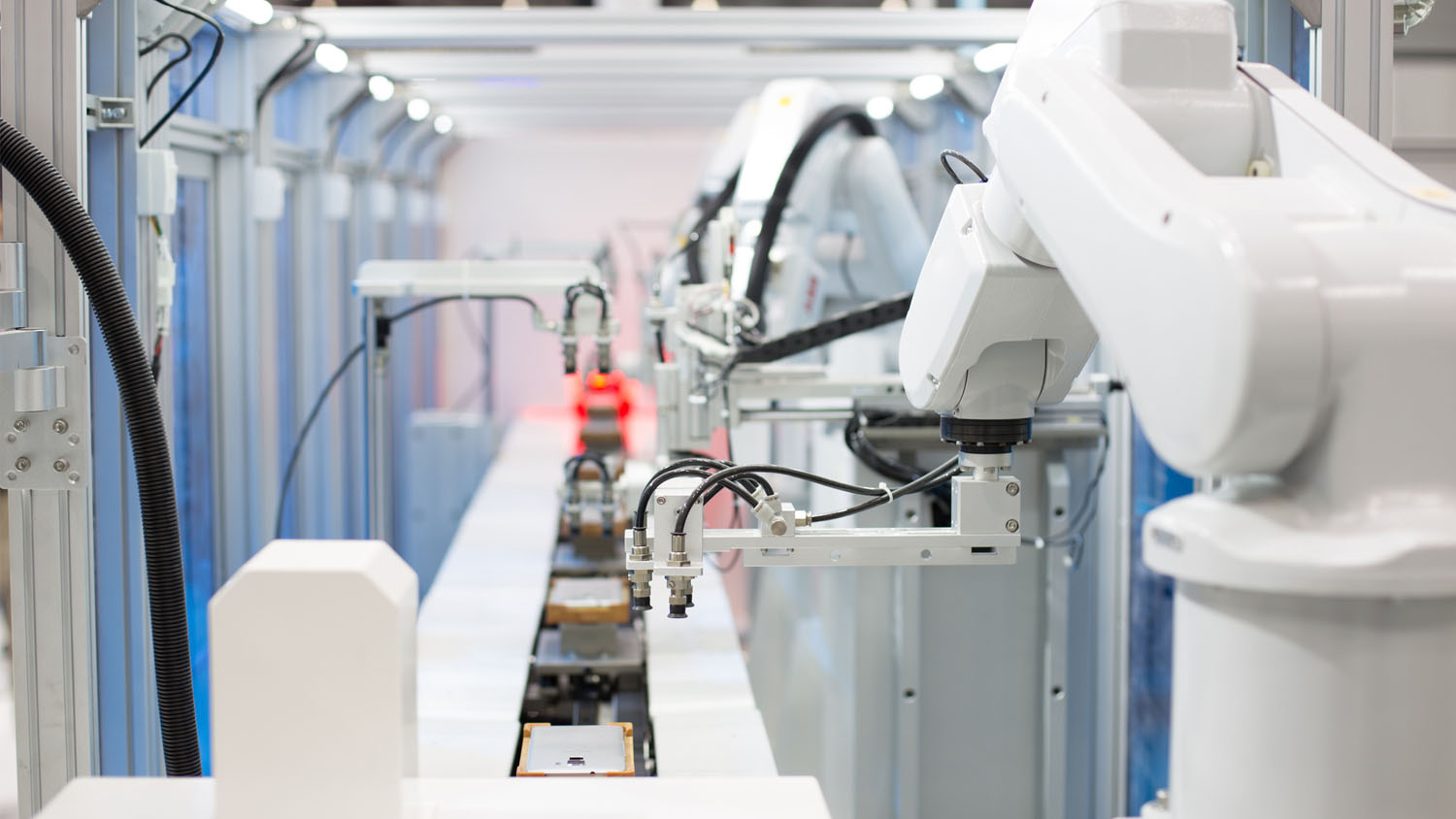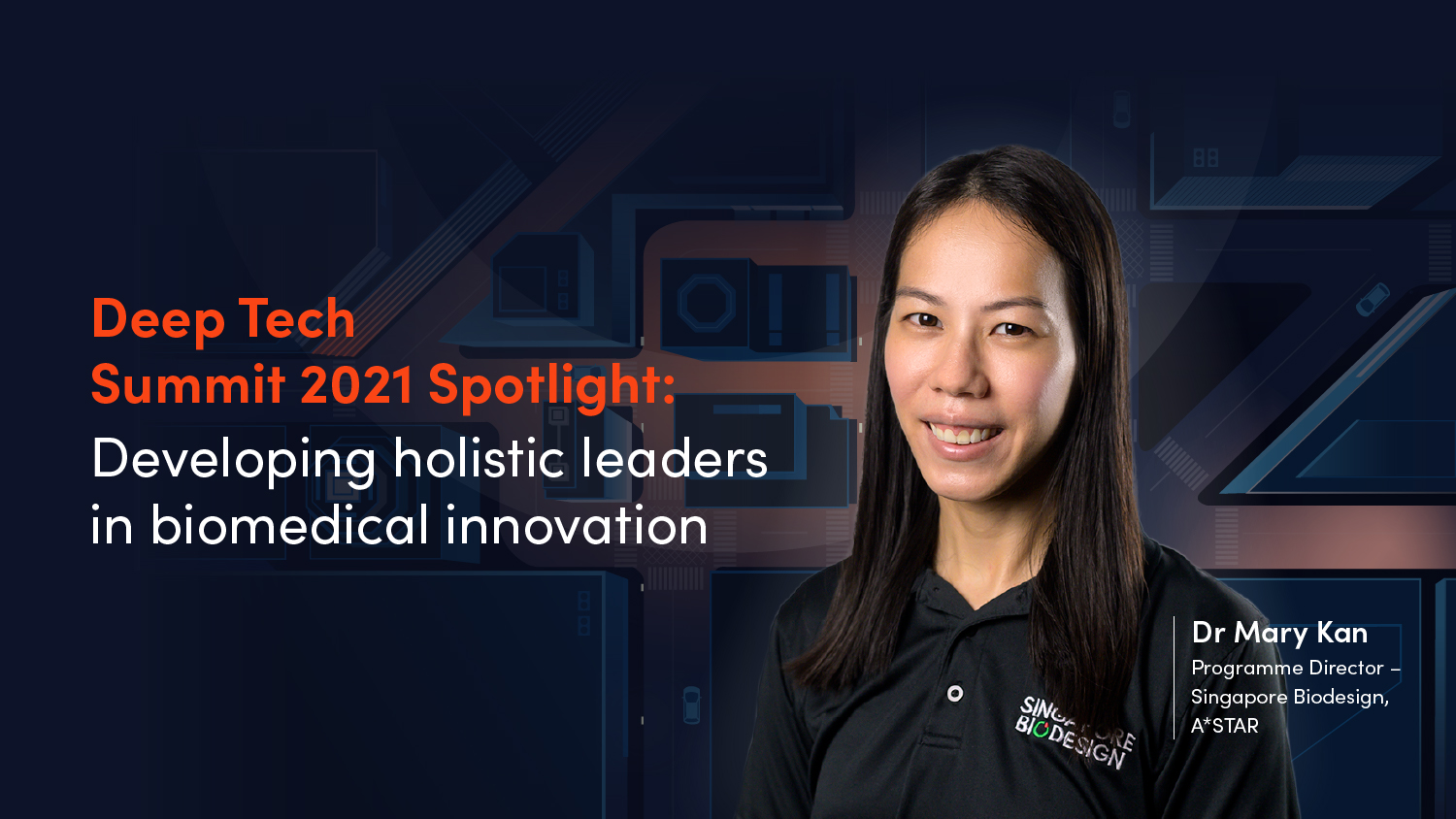Tracking Down a Better Vision Test
Wed, 06/20/2018 - 12:00
Singapore-based startup BetaSight wants to turn eye-tracking VR headsets—originally designed for gaming—into medtech devices that can monitor eye and neurological health.
Like vignetting on an old photograph, the first signs of glaucoma appear as dark fringes around the periphery of your vision. With time, the blackness creeps inward, narrowing your field of view to smaller and smaller circles—as if you were looking at the world through a rolled-up piece of paper. Often referred to as the ‘sneak thief of sight’ because of its slow and stealthy progression, glaucoma is the second leading cause of blindness worldwide after cataracts, and is estimated to affect some 66 million people by 2020. In Singapore, the disease affects about three percent of the population aged over 40.
While vision lost to glaucoma cannot be restored, there are treatments that can slow its progression, provided the disease is detected early. Yet, current methods of testing for glaucoma are far from ideal, say Dr Corey Manders and Mr Martin Sawtell, co-founders of Singapore-based startup BetaSight.
“The machines are expensive and a lot of people can’t do the test correctly; the outcomes are largely unpredictable,” says Dr Manders of the Humphrey visual field test commonly used by ophthalmologists and optometrists to evaluate peripheral vision. By taking advantage of virtual reality (VR) headsets with eye-tracking technology, BetaSight wants to give decades-old medical tests like the Humphrey a significant upgrade—with the aim of improving the diagnosis of glaucoma and other eye and neurological diseases.
A new look at vision tests
BetaSight got its start in 2017 at Entrepreneur First (EF) Singapore, a company builder programme that brings together individuals with deep tech expertise.
A visual effects and computer graphics expert, Mr Sawtell applied to the programme after a four-year stint at Lucasfilm —you’ve probably seen his work on the big screen in movies like Ready Player One, Thor: Ragnarok and Star Wars Episode VII: The Force Awakens. “I’d been looking for a way to combine my interest in VR with some kind of business outside of the content realm,” he explains.
At EF, he met Dr Manders, an image processing researcher who trained with Canadian augmented reality pioneer Steve Mann, whom many regard as the father of wearable computing. Keen to be a part of Singapore’s increasingly vibrant startup community, Dr Manders joined EF after a decade as a research scientist at the Agency for Science, Technology and Research’s Institute for Infocomm Research, where he worked on projects such as VR environments and user interfaces.
Through conversations with researchers at the Singapore Eye Research Institute, the pair realised that glaucoma testing badly needed a rethink. To take the Humphrey test, patients must sit immobile with their heads in a visual field analyser—an unwieldy machine that needs to be housed in a lighting-controlled room.
They are then asked to stare at a dot of light in the centre of their visual field, and to click a button whenever they see a blinking light in their peripheral vision. But because staring at a fixed point for ten minutes is mentally and physically exhausting, data from the test is often unreliable, BetaSight’s founders learned from the eye doctors. “By the time you’re done with both eyes, you’re psychologically drained,” explains Dr Manders. “On top of that, 50 to 70 percent of the results may be thrown out.”

Dr Manders using the current visual field analyser
The eyes as windows to health
With VR headsets with eye-tracking capabilities becoming more commonplace, Dr Manders and Mr Sawtell hit on the idea of building a new visual field test using off-the-shelf technology. To take BetaSight’s test, patients simply don a headset and follow points of light with their eyes. “Instead of forcing yourself to stare at a dot, you can just be natural and look around. It makes the test much more accessible,” says Mr Sawtell. The pair even coded in a taste of old-school arcade games: when points are correctly tracked, they explode in a tiny burst of light and a satisfying ‘ping’.

Mr Sawtell looking at data from BetaSight’s test
In addition to the direct results of the test, BetaSight also uses the eye-tracking data collected to train neural networks. Eventually, the goal is for these to be able to predict—based on a person’s eye movements—the probability that he or she has glaucoma, age-related macular degeneration, diabetic retinopathy or other eye diseases, say the co-founders. For a start, the company is planning clinical trials to evaluate its eye-tracking-based glaucoma test against existing methods of diagnosis. But the eyes give away much more than information about eye health.
They reveal so much about what a person is thinking, both on a reflexive level and on a higher-order cognitive level as well.Mr Sawtell
“They reveal intent—if you ask somebody to carry out a simple task, you can almost see their mental process unfold when you watch what their eyes are doing.” In the longer term, these insights will allow the company to expand beyond ophthalmology to diagnose other ailments, including neurological conditions such as attention deficit hyperactivity disorder, Parkinson’s disease and dementia, the founders hope.
With VR and eye-tracking set to go into widespread use in the near future, BetaSight’s technology may eventually weave its way into daily life, think the duo.
Mr SawtellWith VR and eye-tracking, it’s going to be similar to wearing a smartwatch with a heart rate monitor—there’s all this information about you that will be available from a background service or an always-on service. Imagine if you were just playing a game or doing something in VR, and we could get all this extra information about your health.
“It seems logical that this will happen in the future, and we aim to be in the best position when it does.”
At SGInnovate, we are always looking for startups and founders who are using deep tech to solve global problems. Medical Technology(Med Tech) is one of our focus areas, along with Blockchain and AI. For more Med Tech articles, click here.
BetaSight is one of our portfolio companies.
Trending Posts
- Keeping satellites safe: How CYSAT Asia 2026 is tackling space cybersecurity
- The future of fusion energy: What will it take to bring the power of the stars to earth?
- How an aerospace engineer charted a path to quantum technology
- Scaling nanomaterials is challenging — Meet the startup with a hybrid solution
- Surveying Singapore's early-stage emerging tech startup landscape






